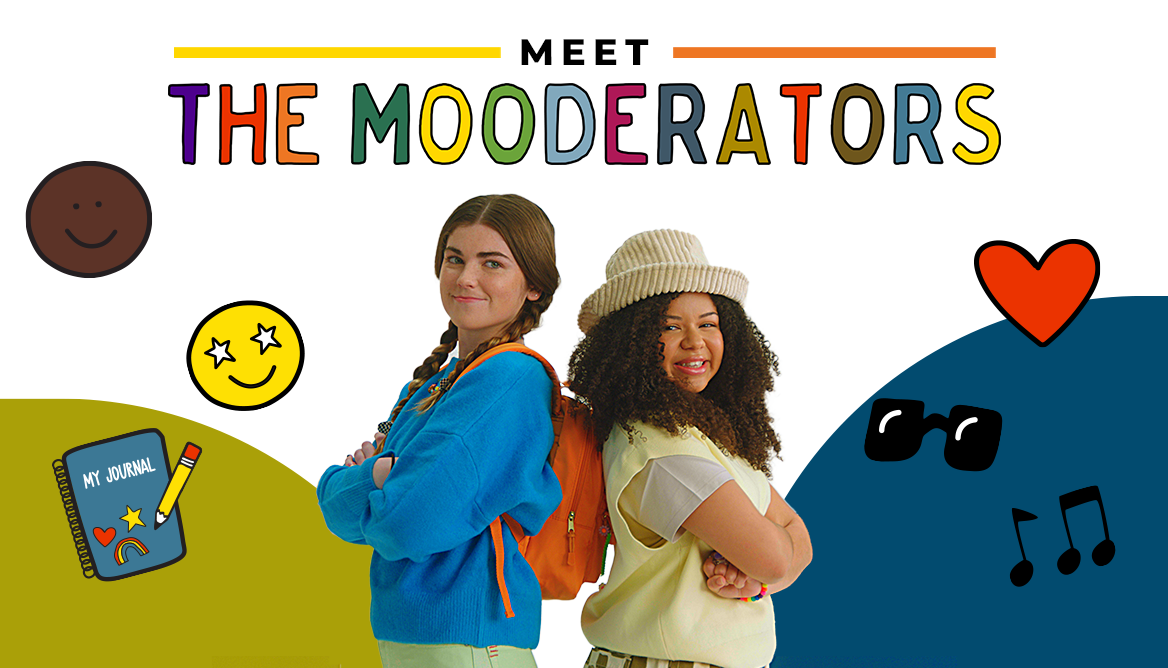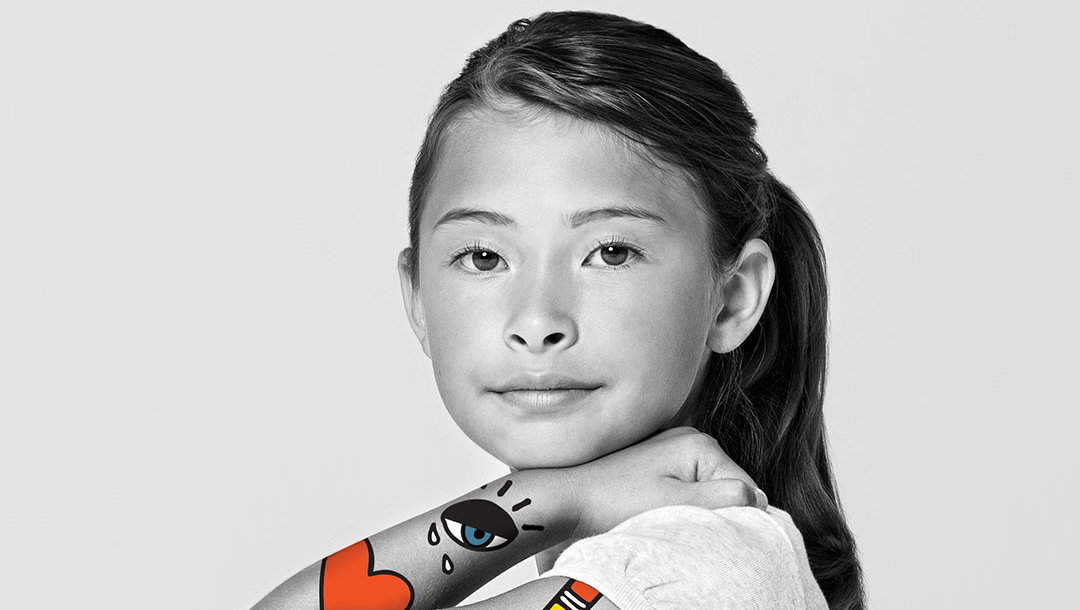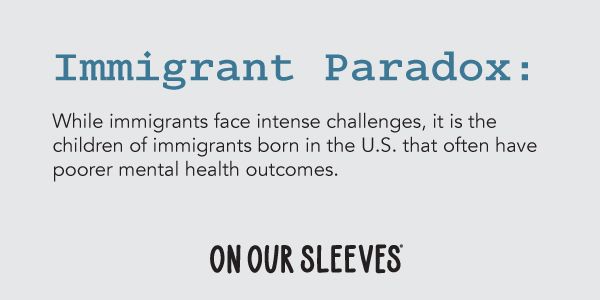Meet The Mooderators!
Meet The Mooderators. A new SEL series that teach us how to recognize, resolve, and react to our emotions and feelings. ~ GoNoodle

Have you ever heard the saying, “We don’t stop happy, so why do we stop sad?” As parents, teachers, and caregivers, we bear witness to the rollercoaster ride of emotions our kids navigate on a daily basis. Like us, kids experience a wide range of feelings that can be inaptly identified within our culture as “bad” or “negative.” How do we offer support and help them feel and address all of their emotions so they’re prepared for their future?
Meet The Mooderators. Our new social emotional learning (SEL) series in partnership with The Kids Mental Health Foundation, the leading organization promoting mental health for children in the United States. Together, we want to help kids identify and regulate their emotions, as well as empower grownups with the tools to support our shared mission of increasing awareness around children’s mental health.
Emotions can be overwhelming for all of us, and a lot of times our children feel them more intensely. These emotional hurdles are at play when a child flings themselves on the floor in a tantrum or bursts into tears on the playground. We've all been there! The Mooderators not only help cope with strong emotions, but also aim to grow feelings of gratitude and happiness. No matter where your child is on the broad spectrum of emotions, The Mooderators will meet them there with peer support and understanding.
Introduce The Mooderators In Your Classroom
Every student has different needs and expresses their emotions in different ways. Below are a few tips on how to introduce and use this series throughout your day:
- Start the day with a check-in. How are your students feeling today? Use one of videos in The Mooderators channel to identify an emotion as you pair it with the associated activity to teach ways to regulate their emotions.
- Introduce Spanish. Join Clara as she weaves Spanish throughout each episode teaching each emotion in both languages along with other phrases.
- Create space for reflective writing. Give your students time to journal or draw after. What emotion are they feeling today? What does that look like to them? Find activities in the All The Feels channel.
- Use story time for teachable moments. Pair the feeling and video of the day with a book. Help use Clara and Skylar’s feelings as a way to relate to the character in the book. Then pair it with an activity sheet to help them learn what to do when they feel the same way the character did.
- Continue practicing the skills with easy-to-use curricula. The Kids Mental Health Foundation also has curriculum guides to help you introduce The Mooderators into your classroom and additional activities and thought starters for each episode that you can download here.
Introduce The Mooderators At Home
Social and emotional skills help teach our kids techniques to gain confidence, set goals, make better decisions, collaborate with others, and navigate the world more effectively. Below, find a few tips as you experience The Mooderators together:
- Help your child express and name emotions. Work through the activities together! Understanding each child's individual cues for the emotions they are feeling will help you connect and work through things together.
- Practice together. Watch a video and use that emotion to give examples of what makes you both feel that way. Learn together as you help them develop empathy. The Kids Mental Health Foundation also has additional activities and thought starters for each episode that you can download here.
- Celebrate what you can. Did your kiddo feel angry today and were they able to communicate it clearly? Celebrate together their ability to communicate and handle different situations.
Find episodes with paired activities in The Mooderators channel. Start your journey with our first episode, Grateful, and be sure to check out our blog, Behind The Scenes with The Mooderators. Follow GoNoodle on Facebook, Twitter, and Instagram for more. For more mental health resources, visit The Kids Mental Health Foundation.



